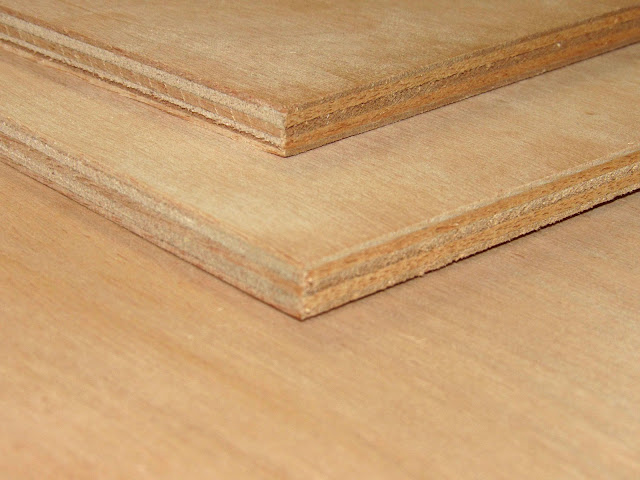A Complete Guide to Choosing the Right Veneer Panels
Are you considering enhancing the aesthetic appeal of your space with veneer panels? Whether you're renovating your home or designing a commercial space, selecting the right veneer panels is crucial to achieving the desired look and feel.
In this guide, we'll walk you through everything you need to know to make informed decisions and create stunning interiors.
Understanding Veneer Panels
Before diving into the selection process, let's start with the basics. Veneer panels are thin slices of natural wood that are bonded to a substrate, such as plywood or MDF (medium-density fibreboard).
They offer the luxurious look of solid wood at a fraction of the cost and are available in a wide range of species, grains, and finishes.
Assessing Your Needs
The first step in choosing the right veneer panels is to assess your specific needs and requirements. Consider factors such as the intended use of the panels, the design style you want to achieve, and your budget constraints. Are you looking for panels for kitchen cabinets, wall cladding, or furniture? Do you prefer the warmth of walnut, the richness of mahogany, or the versatility of oak? Answering these questions will help narrow down your options.
Selecting the Right Species
One of the most important decisions you'll need to make is selecting the right wood species for your veneer panels. Each species has its own unique characteristics in terms of colour, grain pattern, and texture. For example, oak offers a classic and timeless look with prominent grain patterns, while maple provides a sleek and contemporary aesthetic.
Consider the overall design scheme of your space and choose a species that complements it seamlessly.
Choosing the Ideal Finish
The finish of your veneer panels plays a significant role in determining their appearance and durability. From matte to high gloss, there are various finish options to choose from, each offering distinct advantages.
Matte finishes are ideal for achieving a natural and understated look, while high gloss finishes add a touch of sophistication and elegance. Additionally, consider factors such as scratch resistance and ease of maintenance when selecting the ideal finish for your panels.
Exploring Panel Sizes and Thicknesses
Veneer panels are available in a variety of sizes and thicknesses to suit different applications and preferences. Standard panel sizes typically range from 4x8 feet to 5x12 feet, but custom sizes can also be ordered to fit specific project requirements.
Similarly, the thickness of the panels can vary from as thin as 1/32 inch to as thick as 1/8 inch or more. Consider the scale of your project and the structural requirements when choosing the appropriate panel size and thickness.
Considering Budget and Sustainability
Last but not least, it's essential to consider your budget constraints and the sustainability of the materials used in the veneer panels. While veneer panels offer a cost-effective alternative to solid wood, prices can vary depending on the species, finish, and quality of the panels.
Additionally, look for panels that are sourced from responsibly managed forests and certified by organisations such as the Forest Stewardship Council (FSC) to ensure sustainable practices.
Conclusion
By following these guidelines and considering your specific needs and preferences, you can confidently choose the right veneer panels to elevate the aesthetic appeal of your space.
Whether you're aiming for a rustic farmhouse look or a sleek modern design, there's a perfect set of veneer panels waiting to bring your vision to life.



Comments
Post a Comment